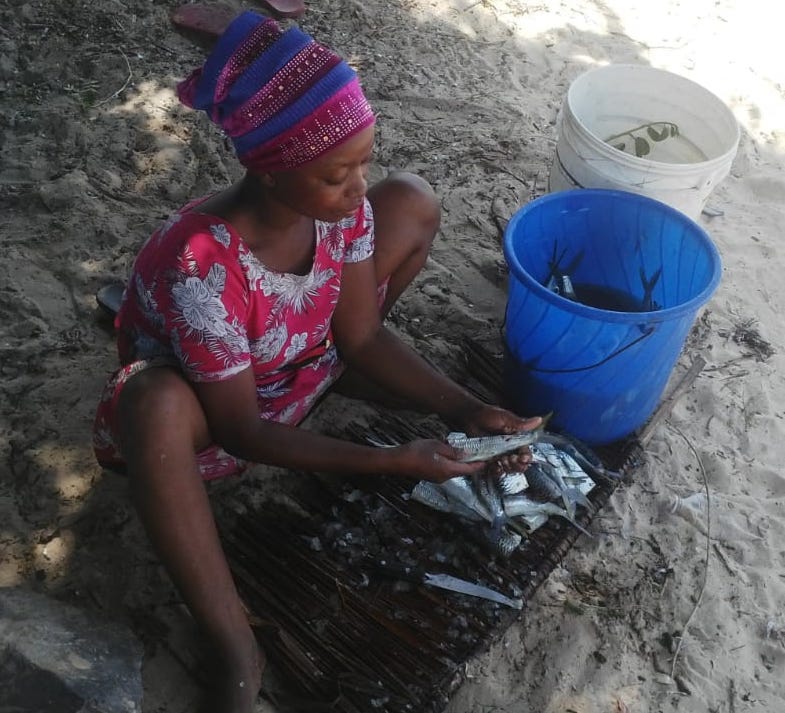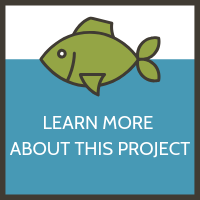
Lora Iannotti, Andrew Wamukota, Austin Humphries, Elizabeth Kamau-Mbuthia, and Terezie Mosby
“Fish is good for children especially when you boil fish and give your child the soup it gives them good vitamins and makes them healthy.” (Female caregiver, middle age)
This quote from a key informant interview highlights some of the important contextual information about fish consumption, beliefs, and practices gathered during SecureFish, a formative research collaboration between Pwani University (Kenya), Egerton University (Kenya), the University of Rhode Island (USA), and Washington University in St. Louis (USA).
The overall goal of the SecureFish project was to improve nutrition among vulnerable populations in Kenya through increased access to and consumption of sustainable fish foods. To better understand the best approach to achieve this goal, the research team utilized quantitative and qualitative methods to 1) identify nutritious and affordable marine fish that support or maintain ecosystem functioning; 2) assess the acceptability and feasibility of the fish foods for nourishing vulnerable populations of pregnant and lactating women and young children; and 3) determine the market conditions for ensuring availability, affordability, and safety of these foods.
The SecureFish project has four key takeaways that will inform future work in the study communities:
- Resource scarcity and cultural beliefs limit fish consumption in small fishing households. Study findings indicate that fish is not widely consumed by young children in the four study sites. This is particularly true among fishing households, where high levels of stunting were also found. Community level discussions reveal that this pattern may be due to the importance of selling fish as a livelihood strategy for fishing households, cost of purchasing fish in the market, and attitudes and beliefs about fish as an appropriate food for young children.
- Social marketing and nutrition education could improve diet and nutrition outcomes. The analysis of children’s diets showed a poor-quality diet with low dietary diversity. The low dietary diversity translated to poor nutrient intake of all nutrients analyzed. As reflected in the caregiver quote above, the common preparation method of giving fish in soup likely leads to loss of nutrients and insufficient quantities for child nutrition. Caregivers expressed receptivity to nutrition education opening the opportunity for improving feeding behaviors and fish in children’s diets.
- Gear modifications and more targeted fishing of specific species could improve livelihoods, nutrition, and ecosystems. We identified octopus as being important for local wellbeing and livelihood, warranting further research into its nutritional benefits. The analysis also indicates that tafi (rabbitfish) are the most sustainable option for fisheries that do not negatively impact ecosystem functioning. Gear modifications and interventions should be aimed at reducing pono (parrotfish) and changu (emperor) catches while increasing the catches of tafi, especially adults. This could be done with increases in fishing with malema (traps) and installing escape gaps in these traps to allow juveniles to escape. This type of intervention has the greatest chance of success for both the local coral reef ecosystem and a diverse set of actors in the value chain, including women.
- Fish value chains are in need of greater gender balance. We identified women fryers (Mama Karanga), as being a vital actor in the fisheries value chain. Fish frying and selling to consumers is the only segment in which women are engaged in the fishery; thus greater attention should be placed on gender equity and opportunity, including involving women in the decision-making process for management and value-chain improvements.
Published December 18, 2020

